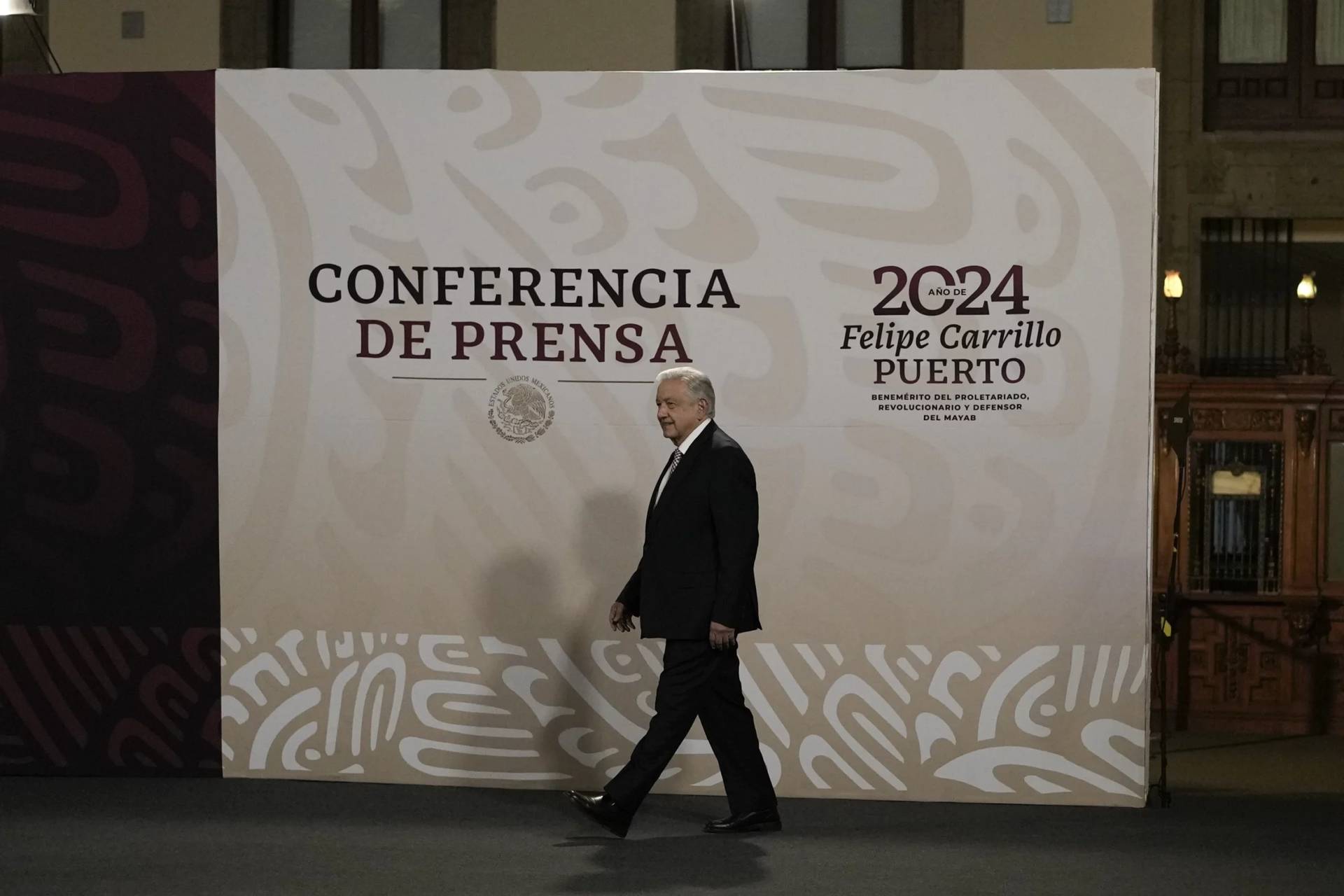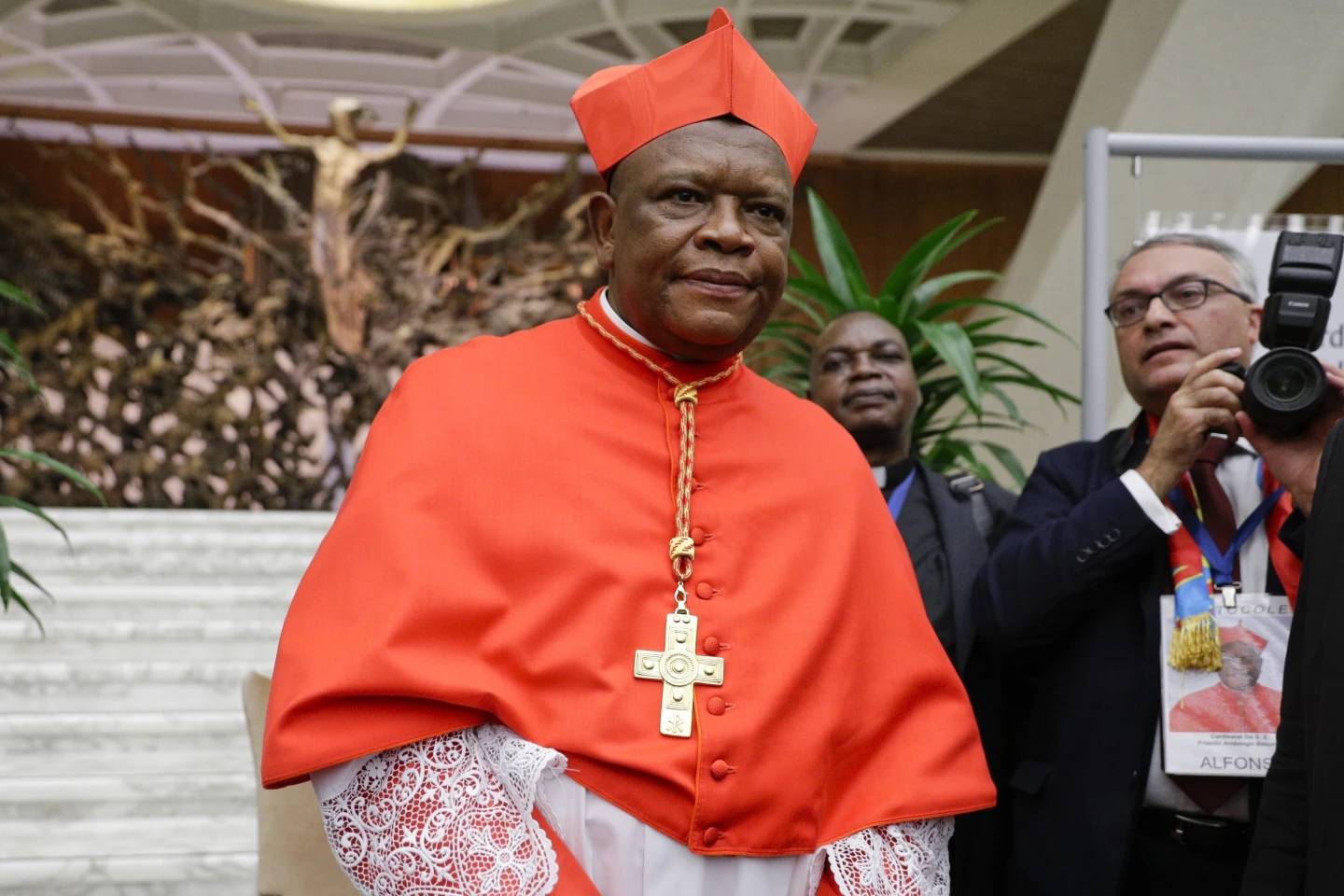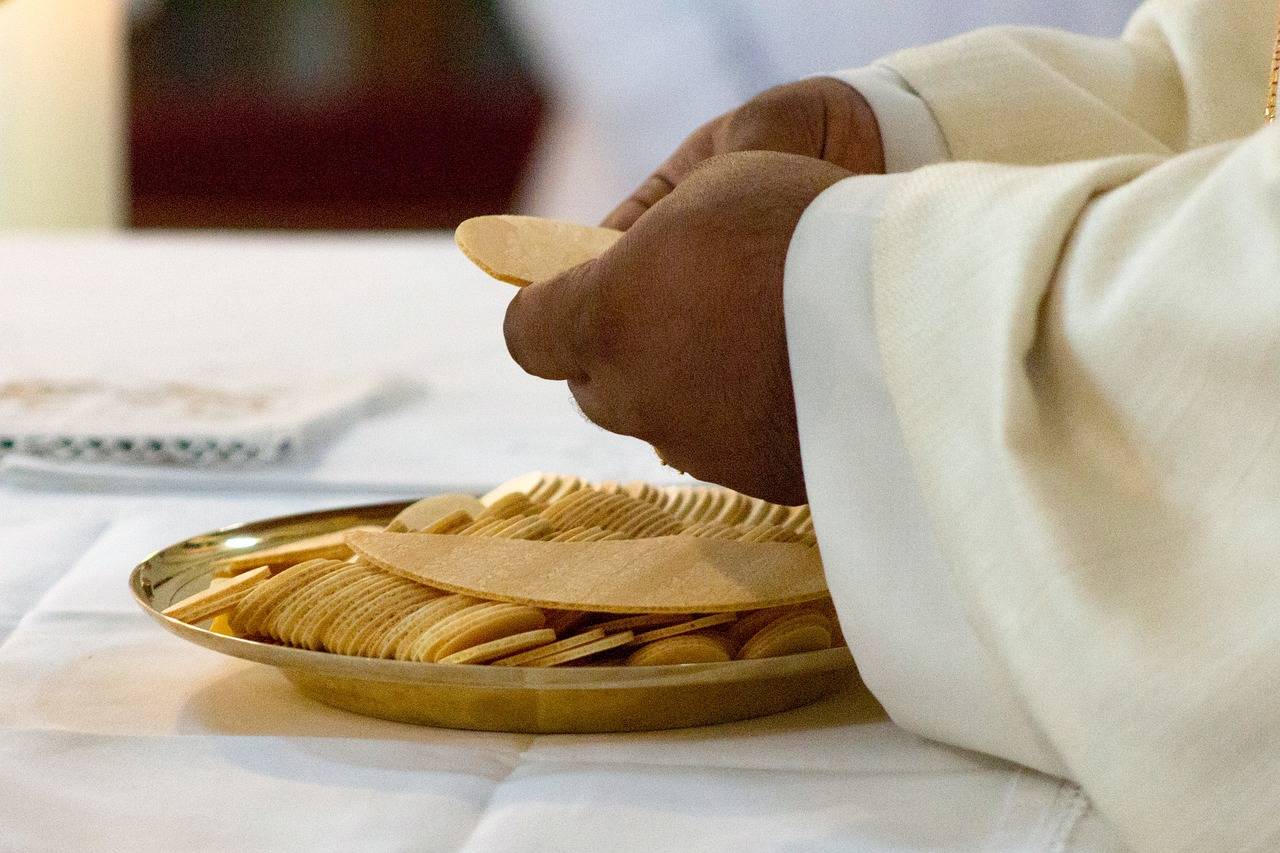ROME – When it comes to Vatican scandals, a few names tend to surface every time a new crisis comes to light. At the top of most lists would be Italian Cardinal Angelo Sodano, easily among the most influential Vatican officials over the past three decades.
From the Chilean abuse crisis to the scandals surrounding Legionaries of Christ founder Father Marcial Maciel and even abuse allegations in Germany, Sodano’s name has emerged in each case, usually attached to accusations that he either defended the abuser or tried to cushion their fall.
When Italian Archbishop Carlo Maria Viganò, a former Vatican ambassador to the U.S., published a statement Aug. 25 making allegations against some 32 Vatican officials, including Pope Francis, Sodano’s name again emerged as a figure accused of covering up the sexual misconduct of ex-Cardinal Theodore McCarrick.
Sodano, who served as Secretary of State for nearly 20 years under John Paul II and briefly under Benedict XVI, was charged by Viganò with ignoring complaints sent to the Vatican about McCarrick, as well as appointing officials he believed would assist in covering up Maciel’s abuse.
Speaking through his secretary, Sodano declined a Crux request for comment. Examining his history, however, the 90-year-old Dean of the College of Cardinals long has had a penchant for being at the center of controversy.
Background
Born in Isola d’Asti, Piedmont in 1927, Sodano was ordained in 1950 and served as a priest for the diocese while earning doctorates in theology and canon law. He entered the Holy See’s diplomatic corps in 1959 and worked in various embassies in Latin America, including Ecuador, Uruguay and Chile.
In 1968 he was assigned to the desk for relations with the States in the Vatican’s Secretariat of State, where he stayed for a decade before his 1977 appointment as the Vatican’s ambassador to Chile.
Sodano was named as an official for the Secretariat of State in 1989, and two years later, in 1991, he was given a red hat by St. John Paul II and was tapped to become the Vatican’s new Secretary of State.
In 2002, Sodano was named vice-dean of the Vatican’s College of Cardinals, and though he was already over 75, the age when all cardinals and bishops are required to submit their resignations to the pope, he was invited to stay in his role as Secretary of State by John Paul II.
After Benedict XVI was elected pope in 2005, Sodano continued in that role for another year ahead of his retirement in 2006. He was also named as Dean of the College of Cardinals in 2005.
A history of politicking
During his 10-year reign in Chile as papal ambassador, Sodano was friendly not only with key players in the abuse crisis now unfolding in the nation, but he also had strong ties to the military junta headed by Augusto Pinochet, a general who was dictator of Chile from 1973-1990.
Pinochet was accused of various human rights abuses during his reign. After he stepped down, the new government concluded that some 3,191 people had either been killed or disappeared under his rule, though the unofficial estimates put the number much higher.
When Sodano came to Chile in 1977, he quickly became an avid supporter of Pinochet and was openly critical of the Sebastiano Acevedo Movement, a group of both religious and laity who held demonstrations outside secret prisons and police stations during the Pinochet years in protest of the torture they thought was happening inside.
Ahead of a key vote in 1988, Sodano appeared at a televised rally in support of Pinochet, and a year later was awarded the Grand Cross of the Order of Merit for his “skill and brilliance” in diplomacy.
Sodano also fought to squelch liberation theology, which had exploded throughout Latin America at the time. Under his influence, several conservative bishops were appointed in Chile such as Antonio Moreno of Concepción, who prohibited priests and nuns from participating in public protests against Pinochet, even if it was only to lead prayers, and who once launched an investigation into a seminary accused of allowing its students to take part in protests.
Pablo Lizama of Melipilla, another Sodano bishop, was a former police chaplain who said his primary pastoral concern was for military personnel who had been alienated from the Church due to its criticism of human rights abuses. Sodano also orchestrated the appointment of Juan Francisco Fresno as archbishop of Santiago in 1983, and one of Fresno’s first acts was to attend a tea sponsored by Pinochet.
More recently, Sodano has come under fire for his ties to Chilean abuser Fernando Karadima, a prominent conservative priest known for his ability to attract swaths of vocations in the 1970s and ’80s. In 2011 the Vatican’s Congregation for the Doctrine of the Faith found Karadima guilty of sexual abuse and abuses of power and conscience. He was defrocked by Francis Sept. 28.
During his time in Chile, Sodano fostered close ties to Karadima and four bishops formed by him who have been accused of covering up for Karadima.
In an interview with Chilean paper La Tercera in June, Karadima’s brother, Oscar, said the bishops had all been promoted at Karadima’s suggestion, and with the help of Sodano, who at that time was already serving as Secretary of State in the Vatican.
“The whole world knows that they were bishops because my brother Fernando got them to be through the friendship or closeness he had with Monsignor Sodano, who at the time was Secretary of State at the Vatican,” Oscar said in the interview.
Two of the four bishops, Juan Barros and Horacio del Carmen Valenzuela Abarca, stepped down when Francis accepted their resignations over the summer. The other two, Andrés Arteaga and Tomislav Koljatic, remain in their positions.
Sodano continued to influence episcopal appointments, including that of Chile’s current Vatican ambassador, Archbishop Ivo Scapolo, and is believed to have advised Francis not to listen to complaints from Karadima’s victims that Barros had covered up their abuse.
Before the Karadima case blew up, Sodano had already faced pressure over abuse crises.
Sodano been accused of attempting to prevent efforts to investigate the late German Cardinal Hans Hermann Gröer, whom the Vatican stripped of his duties and privileges as cardinal in 1998 after finding him guilty of various forms of sexual abuse and misconduct. In 2010, Cardinal Christoph Schönborn of Vienna said that then-Cardinal Joseph Ratzinger, the future Pope Benedict XVI, wanted to launch a trial against Gröer under Church law but Sodano blocked it.
Sodano is also known to have been a staunch defender of Mexican abuser priest Marcial Maciel, founder of the Legionaries of Christ. Under Ratzinger and his team at the Vatican’s Congregation for the Doctrine of the Faith, Maciel was found guilty of sexual abuse and misconduct in 2006 and was sentenced to a life of prayer and penance.
Even during Ratzinger’s investigation, Sodano remained a firm Maciel ally, arranging for the Vatican to issue a statement saying there was no “canonical procedure” against Maciel. Though technically correct, as the decision had been made to deal with the case informally due to Maciel’s age and poor health, the statement obscured the truth that he was about to go down.
The Viganò saga
In his original Aug. 25 statement, Viganò said that when Father Boniface Ramsey, the whistleblower who first raised concerns about McCarrick’s conduct with seminarians, sent his letter detailing his complaints to the Vatican embassy in Washington in 2000 at the request of the then-ambassador, Archbishop Gabriel Montalvo, no action was taken.
When another complaint was sent to the Vatican in 2006 by the new Vatican ambassador to the U.S., Archbishop Pietro Sambi, it received no response and still no action was taken, according to Viganò.
Viganò, who was working in the Vatican’s diplomatic service, said that at the time, “all information” about McCarrick had been communicated to Sodano, who was still serving as Secretary of State, and implied that Sodano had also been complicit in covering for Maciel.
“It is known that Sodano tried to cover up the Father Maciel scandal to the end,” Viganò said, charging that at the time the scandals broke in 2000, Sodano removed the then-nuncio to Mexico, the late Archbishop Justo Mullor García, because Mullor García refused to “be an accomplice” in what Viganò said was Sodano’s “scheme” to cover up Maciel’s abuses.
In his original letter, Viganò questioned whether McCarrick’s appointment as Archbishop of Washington in 2000, and his subsequent reception of a red hat, was the work of Sodano, as they happened at a time when Pope John Paul II was “already very ill” due to his longtime struggle with Parkinson’s Disease.
“If Sodano had protected Maciel, as seems certain, there is no reason why he wouldn’t have done so for McCarrick, who according to many had the financial means to influence decisions,” Viganò said, claiming that McCarrick’s appointment was opposed by Italian Cardinal Giovanni Battista Re, vice-dean of the College of Cardinals, at the time head of the Vatican’s Congregation for Bishops.
According to Viganò, there’s a note from Re at the Washington embassy in which he states that McCarrick’s name had been 14th on the list for Washington, raising the question of who promoted him and paved the way for his career to advance.

















